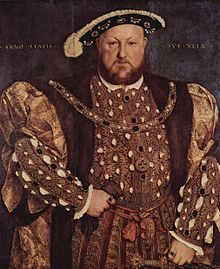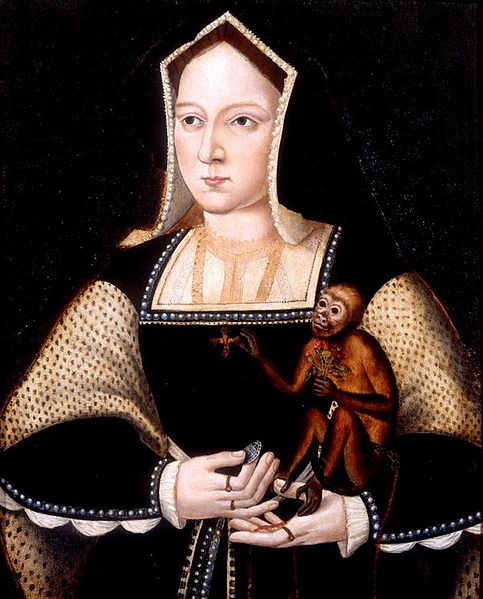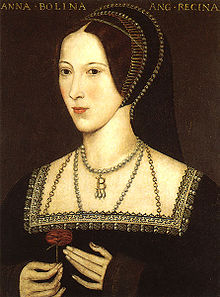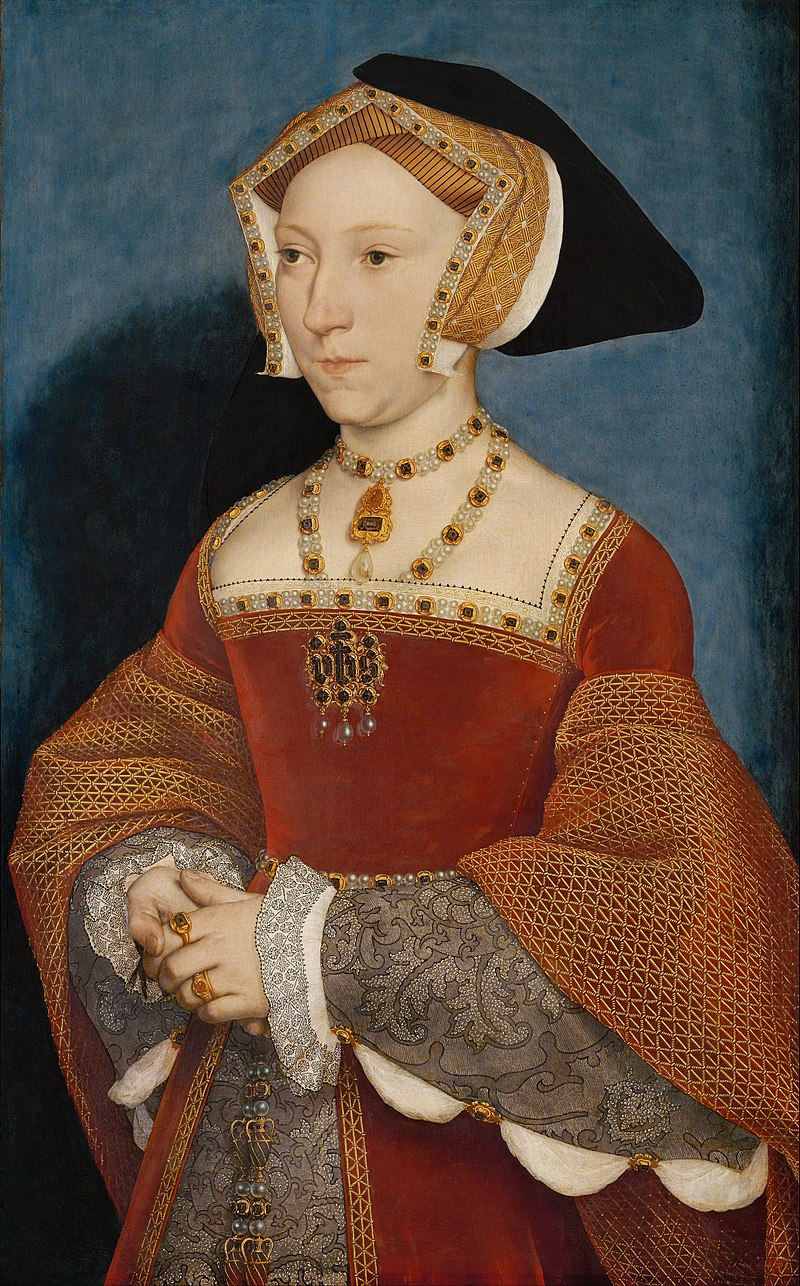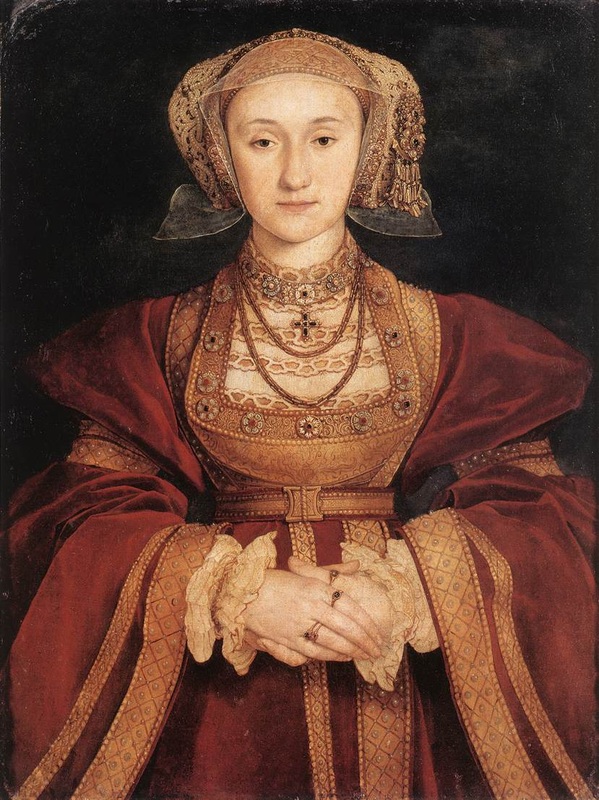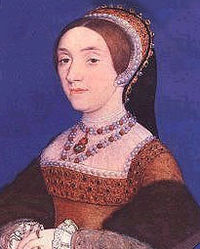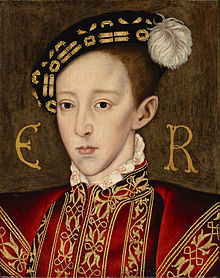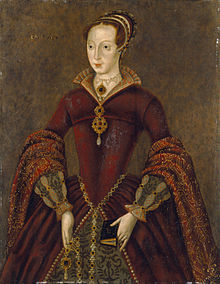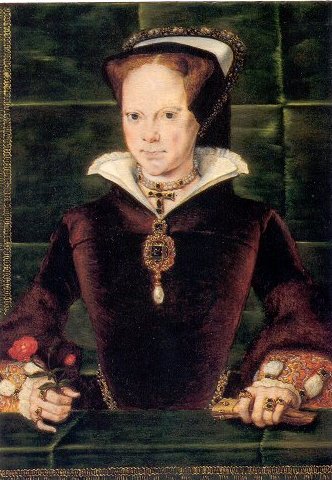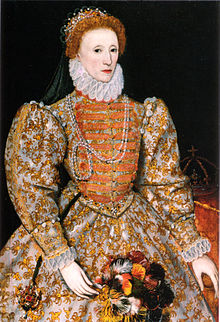A King denies his heart and soul.
A girl faces her true identity.
All things must come to an end—all things but love.
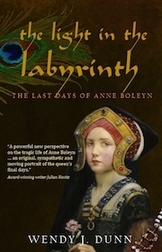
The blurb for this novel reads: Unhappy at home with her mother, who has remarried, Kate receives permission to go to court to attend her royal aunt. In the past, Kate idolized her aunt from a distance; now given a place amongst her aunt’s trusted women, she becomes an eyewitness to the intrigue and heartache of Anne Boleyn’s final months as queen.
Once Kate reaches court, however, things are not nearly as simple as she had expected. Immediately having to confront the reality of her birth and the family she thought she knew, Kate's only ally (it seems) is her aunt, Queen Anne. Now, I'm always a bit skeptical and wary when authors try to paint Anne Boleyn as a saintly figure. In this novel, Anne was gentle, kind, and meek - agreeable to the last and generous to a fault. I've read other novels like this, and although I applaud the author for portraying a maligned figure in a positive light, the result just isn't very convincing for me. Maybe it's because I've read so much other fiction, which plays upon Anne's cattiness and sharp tongue. In any case, that is how I picture her (and I still like her!) - so her character in this book did not feel as genuine to me. Still, I think it worked for the story and certainly made her relationship with her niece more believable. For people who have not read very much Tudor fiction, this portrayal of Anne might be perfect!
By the time we even meet Anne Boleyn, her downfall is beginning. She has lost King Henry's love and Kate is thrown into the middle of that tense situation. Realizing that her aunt is not the popular queen she would like to believe, court becomes an increasingly challenging place as Kate learns to fear men like Thomas Cromwell, who is working to bring about the queen's downfall. Of course, Tudor Enthusiasts will know there can be no happy end for Anne in this story, but perhaps the most enjoyable part of this novel was Kate's decision to travel with her aunt to the Tower of London upon her arrest. Even going against the King's wishes, she refuses to leave Anne's side in her darkest days and hours - and the description coming from the Tower was a great part of the book. Emotional throughout the very last pages, the bond between Kate and Anne was made clear and convincing.
Throughout the story, an innocent romance between Kate and one of Henry's courtiers, Francis Knollys, begins. This is one of the areas of the novel I would have liked to see more of. I wasn't entirely convinced about their relationship or feelings for one another while reading, but I suppose that's because the author saw Anne Boleyn's story more fascinating - I can understand! In any case, I think the young love story line was fun and could have been even more so.
I would certainly recommend this novel for anyone who may just be starting out with Tudor fiction. While not strictly a Young Adult read (anyone can read and enjoy it, I think), it would definitely be an interesting read for a teenaged girl who could imagine what these situations may have been like for Kate.
1. What intrigues you most about the Tudor dynasty?
What intrigues me most about the Tudor dynasty? That's very easy to answer! How the Tudors ended up becoming a dynasty in the first place! When you think how many people had a better claim to the throne than Henry VII, it is amazing that he ended up as King (even if he achieved it by the ancient right of conquest!) and that his family continued ruling until the death of Elizabeth Tudor in 1603. Of course, Henry VII and Henry VIII did a very good job of ridding themselves of so many of their rivals.
2. Why did you choose Catherine Carey as your heroine in this novel?
Late in 2009, a ten-minute play competition inspired me to write a play for the 2010 competition. I really wanted to write a modern day comedy – but I just couldn’t move forward with any of my ideas. Finally, with my summer break rushing towards its end and the start of a new school year, I picked up a copy of my first novel, DH, and found myself thinking about “Anne Boleyn in the Tower”, the painting used for its cover. Next thing I knew, I found myself writing a play that imagined the last night of Anne Boleyn’s life.
Remembering the hints from history that Katherine Carey may have been with her aunt, Anne Boleyn, during the lead up to her execution and also a witness to her death, I decided to include Kate Carey as one of my characters. After writing that play, I kept returning to the thought that Kate would make a great subject for the young adult novel I planned to write for my next major work. When I was accepted as a PhD student in 2010, I decided to take up the challenge of this young adult novel for my PhD artefact.
3. In this book, you are very sympathetic to Anne Boleyn. Did you write her exactly as you imagine her?
I find it hard not to be very sympathetic to a woman who had her head sliced off because her husband wanted to be free of her. Anne lived in a time when a virtuous woman meant a silent woman. Her rejection of silence combatted not only her gender, but also underlined her failure to bear her husband his son. Also, her female gender stripped her of real power to dictate her own destiny – and stripped her of the right to a voice and to control her own story. I really believe that Anne died because she refused silence. As she said at her trial: “I do not say that I have always borne towards the King the humility which I owed him”.
But imagine is the key word here. Whilst my Anne Boleyn is constructed from years of research, I am a fiction writer. That means, I write fiction through research igniting my imagination. Then I surrender to my imagination and let it lead the way.
I sometimes suspect my sympathy for Anne Boleyn is also in my DNA. I have been drawn to her story since I was a child – so much so, that I always suspected my family tree would reveal an ancestor with a close association with the Boleyns. I always thought it would be my father’s line where I would find that connection, but it turned out my mother’s family tree has the ancestors who knew Sir Thomas Wyatt the elder, and his son Thomas who was executed by Mary I; and these ancestors also knew the Boleyn family.
4. Were there any significant challenges when writing this novel?
Before I committed myself to writing another historical novel, I needed to do a lot of research to reassure myself that there was enough evidence to suggest Kate Carey was fourteen-years-old when her aunt was executed.
Like Anne Boleyn, Kate is another woman from history with her birth year shrouded in uncertainty. For years, I believed she was most likely only twelve at the time of Anne Boleyn’s execution – too young, I thought, to be included as an important witness to her aunt’s death, as well as taking on the responsibility for ensuring that Anne Boleyn’s body was interned with all proper respect. But my research showed it was possible that Katherine Carey was fourteen in 1536 – a far more interesting age than that of a girl of twelve. Once I could believe that, I could begin my novel.
5. If you had been a lady-in-waiting to Anne Boleyn, would you have travelled with her to the Tower of London for her execution?
That’s very easy to answer. Yes – I would.
6. Can you walk us through your research and writing process?
I construct fiction inspired by history. My work engages me in immense historical research to build an authentic and accurate fictional world, but this does not take away from a simple fact: my work is fiction. My storytelling entails filling the silences and gaps left by historical records by use of my imagination, constructing a work of fiction.
First drafts are times for me to experiment and just enjoy the process of writing. For example, in writing the first draft of The Light in the Labyrinth I not only experimented with the twelve steps of the hero’s journey, but also included an angel narrator to lead the reader through the story. But I discovered the angel voice was more a device to get me writing. After I had completed the first draft of The Light in the Labyrinth, I removed the angel and just let Kate take control of the story.
7. Do you travel for research purposes? If so, where are some of your favorite locations?
Yes – I have been very fortunate in my life to travel from Australia to England, Italy and Spain for research. London will always be one of my favourite locations because it feels like coming home to me. My father was a Londoner – from a working class family in Poplar. I’m a big fan of ‘Call the Midwife’ because it reconstructs the place where my father grew up. He was only 21 when he signed on to a merchant ship going to Australia. He jumped ship in Melbourne and never returned to England. But it was my father's love of English history that first fired up my own.
8. Are you currently working on anything new that you can tell us about?
I have started researching a new project. Completing The Light in the Labyrinth has made me feel ready to tackle a fiction work not set in the Tudor period (smile). Beyond that … it is too early for me to say anything more….
9. Who is your personal favorite figure from the 16th century (or figures)?
I will have to say Elizabeth I. If I hadn't read her story when I was a child, I don’t think I would be talking to you now. The story of Elizabeth showed me victory was always possible.
10. Anything else you would like us to know about the book?
Just my great hope that many readers will enjoy it!
 RSS Feed
RSS Feed
